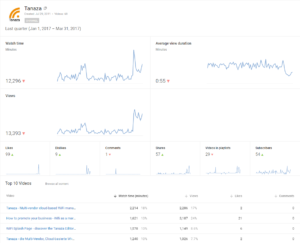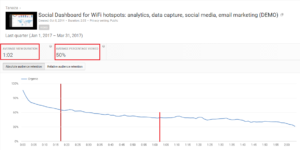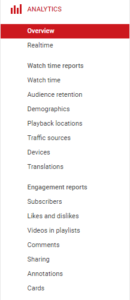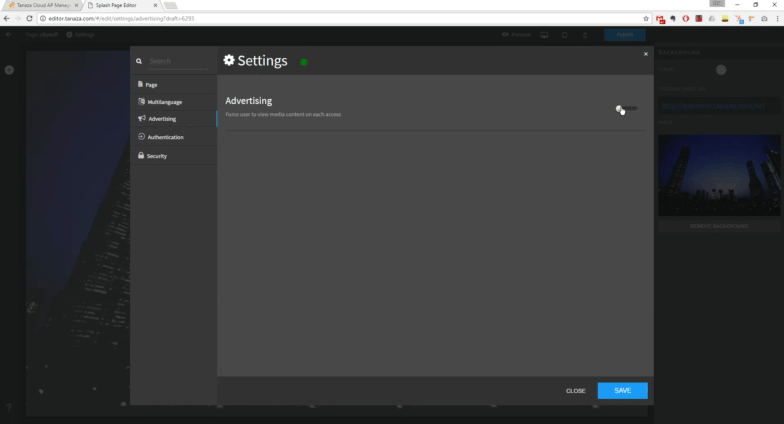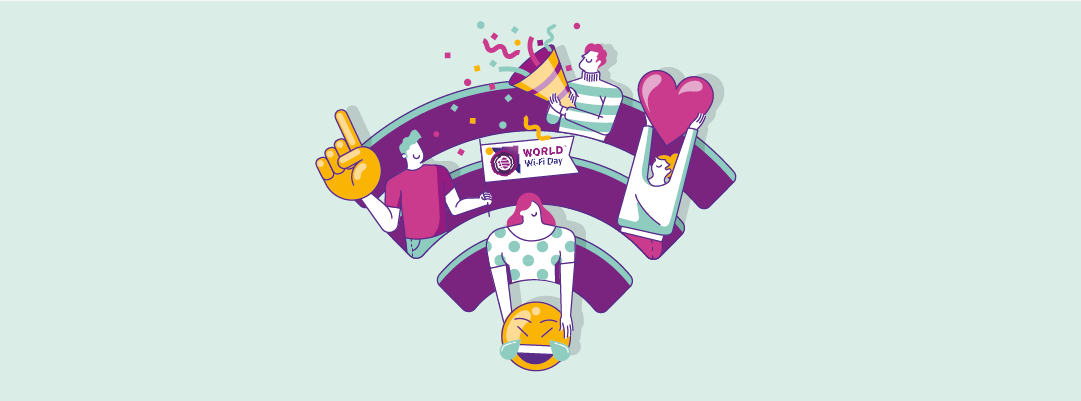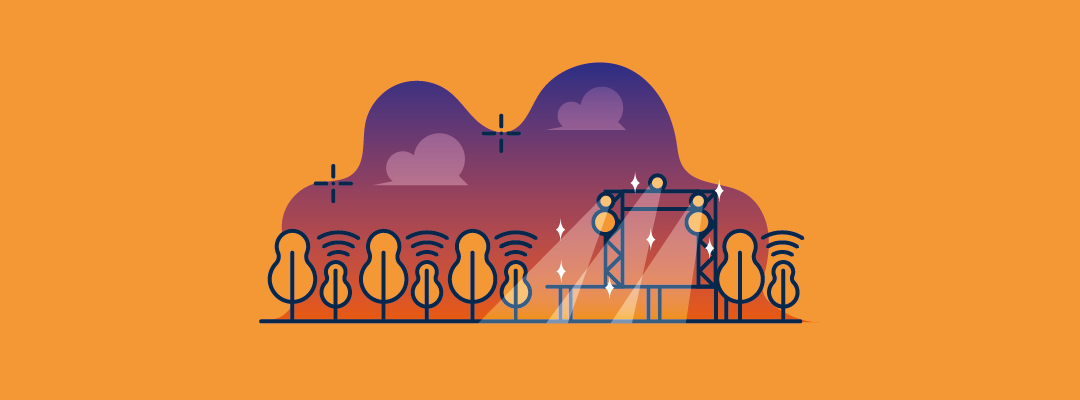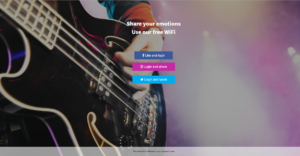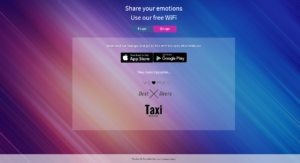How to deploy WiFi network for outdoor summer events
How to deploy WiFi network for outdoor summer events

If you are an event organizer, a marketing agency or a Wi-Fi solution provider, you already know that customers attending summer event consider Wi-Fi as a necessary service. They want and need Wi-Fi to share contents on social media, contact their friends when the mobile signal is low, find information about the event and so on. Wi-Fi is also fundamental for tourists that are coming on purpose to this kind of events.
From the technical point of view, deploying a WLAN for this kind of event, where a lot of people are expected, requires a bit of experience.
These are three question that you need to ask yourself:
- What are the bandwidth needs?
- How many people are going to use the Wi-Fi and how many concurrent users should I expect?
- What kind of access points should I use?
The bandwidth needs
Knowing your needs in bandwidth is fundamental to provide a good Wi-Fi experience to the users. Indeed, if the bandwidth is too low, the connection will be slow, and it negatively affects the network performance. To avoid this situation, you have to take into consideration the applications’ requirements regarding bandwidth and throughput. Try to imagine what could be the usage of the Wi-Fi network: contents sharing on social media, live streaming, web browsing, VoIp call and so on… you can find more information in this infographic and by reading this article.
The number of concurrent users
About how many people are going to use the Wi-Fi network during an outdoor event like a festival, it is impossible to calculate an exact amount. Moreover, sometimes people are connected to the Wi-Fi but they are not effectively using it.
To calculate the number of concurrent users, let’s follow an example for a small music festival:
- 1.500 persons are coming and stay 3 hours
- 80% will connect to the Wi-Fi network so 1.200 persons
- They will actively use the Wi-Fi network for one hour
- The estimated number of concurrent users is in average 420 persons.
Multiply the bandwidth needs per client by the number of concurrent users in average, and you will know how to design your Wi-Fi network.
Choose the right hardware
Last but not least, choose the access points that fits the environment so in this case outdoor access points. The more wireless devices you have, the better is the coverage and the signal. Take into consideration the potential interferences and think about the best spots to position your access points.
Many vendors provide outdoor access points like Ubiquiti and TP-Link, with a price around $20 to $100 for each device.
Features like remote management and monitoring will enable you to control your access points remotely and to check their status in real-time, but you can also set up and scale your Wi-Fi network infrastructure according to the affluence of people to the summer event.
If you want more information about how to develop an outdoor Wi-Fi network like in a public space, click here.
https://www.classichotspot.com/blog/top-3-liabilities-wi-fi-hotspot-providers-offering-free-wi-fi/


